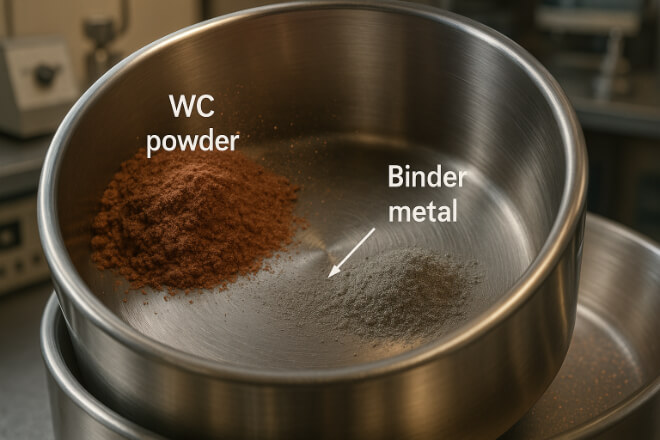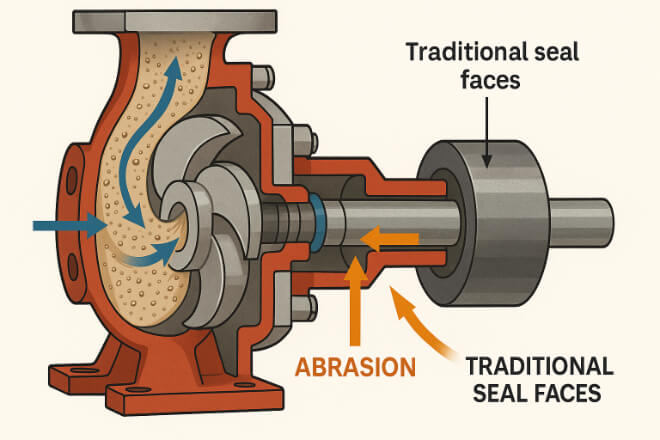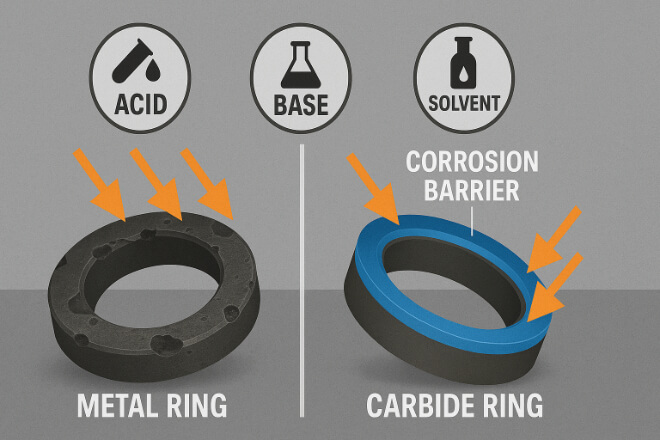From Casting to Mirror Polish: End-to-End Workflow for Carbide Seal Rings

Producing a carbide seal ring that can survive high pressure, abrasive fluids, and corrosive chemicals is not just about material hardness—it’s about precision at every stage of manufacturing. From the casting of tungsten carbide powder to the final mirror-polished surface, each step determines how well the ring seals, resists wear, and maintains flatness in service. […]
Carbide Seal Rings for Semiconductor Wet Benches and Coaters: Cleanliness and Wear
In semiconductor manufacturing, wet benches and coating systems handle some of the world’s purest chemical processes. These tools rely on precise liquid control—using acids, bases, and cleaning solutions—to process wafers with nanometer-level precision. Any contamination, leakage, or wear in the mechanical seal system can cause defects, yield loss, or costly downtime. For this reason, carbide […]
Submersible Pump Seal Stacks: Why Carbide Faces Excel in Sand-Laden Water

Submersible pumps often operate in extremely harsh water environments—such as wells, mines, construction sites, or irrigation systems—where sand, silt, and suspended particles are unavoidable. These fine abrasives quickly damage traditional seal materials, leading to leakage, vibration, and premature failure. To combat this, engineers increasingly rely on carbide seal faces, which are designed to resist abrasion […]
Carbide Seal Rings in Harsh Chemical Media vs Ceramic Rings: Selection Matrix

Selecting the right seal ring material for chemical processing, pharmaceutical, or industrial fluid systems is never simple. In harsh chemical media, the choice often narrows to carbide seal rings or ceramic rings. Both materials offer corrosion resistance and dimensional stability, yet their behaviors under stress, temperature, and chemical exposure differ significantly. For decision-makers managing pumps, […]
Silicon Carbide vs Tungsten Carbide for Abrasive Slurries: Tribology and Heat Transfer
In pumps, mixers, and valves that handle abrasive slurries, the choice of seal face material is critical. Two of the most used materials are silicon carbide (SiC) and tungsten carbide (WC). Each has unique tribological (friction and wear) and thermal (heat transfer) properties that directly affect reliability, leakage control, and maintenance costs. This article helps […]
